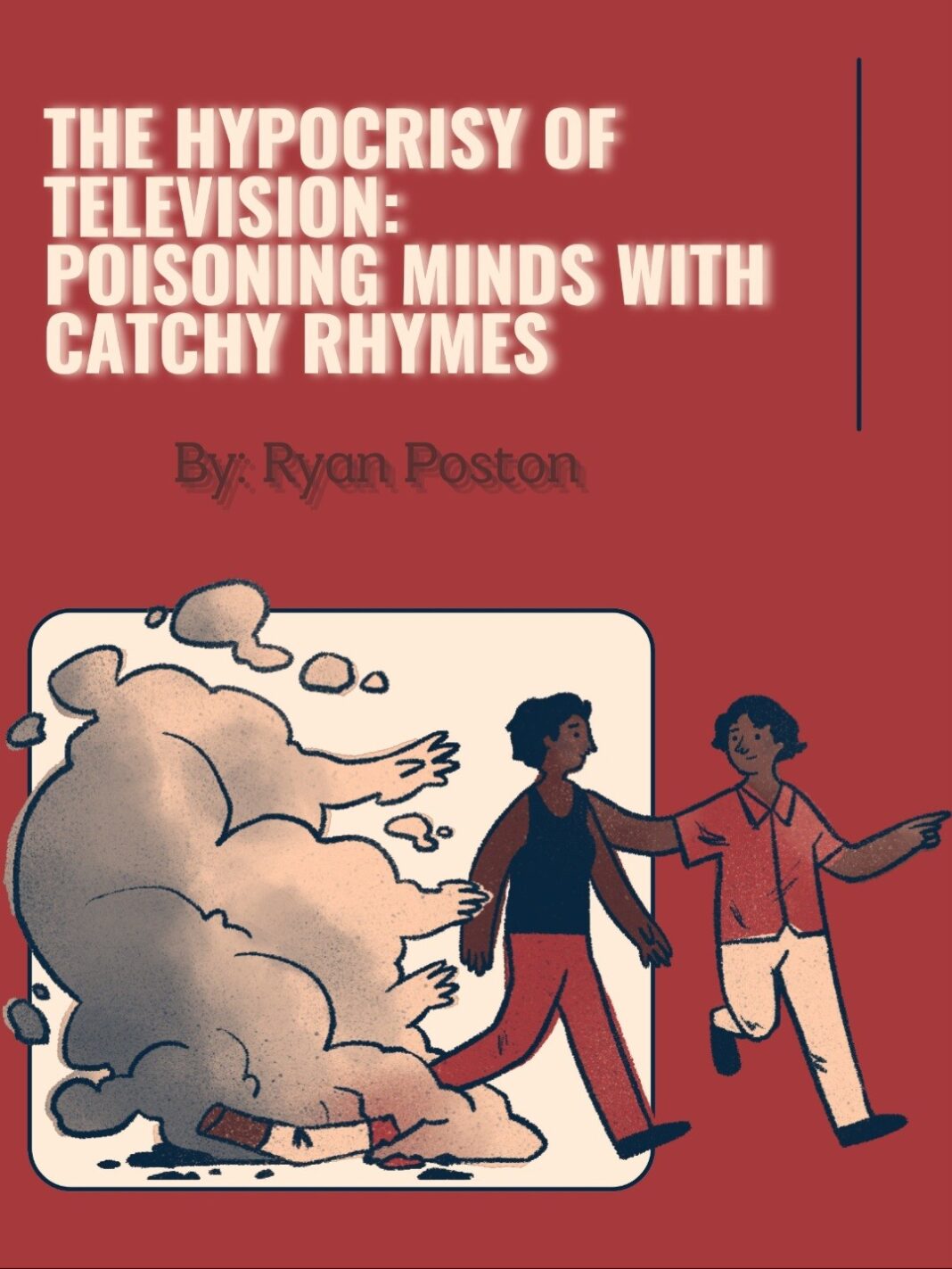Have you ever noticed how television networks flood the viewing public with pictures or commercials of people living their best lives while indulging in liquor, cigarettes or some type of vaping device? The advertisers make it seem as though having a glass of alcohol or puffing a big cloud of smoke is the key to a good time. But let’s just keep it honest, that’s straight up hypocrisy. How long do you think you can keep the party going with a weak immune system or a weak kidney? The same industry that is supposed to inform and entertain us, is lowkey pushing bad habits that are not good for our health, and especially for the young and easily influenced to easily fall down the wrong path.
Just flip through any channel and there it is, those flashy liquor ads showing people in parties, laughing and cheering drinks with that upbeat funky music that makes you want to dance. It’s like they’re saying, “You can’t have a ball, without any alcohol.” Then there’s those slick vape and tobacco ads that often target young adults with their cool graphics and funny, catchy slogans, trying to convince potential consumers that smoking or vaping is “hip” or that it is a part of being cool and fitting in. I think they should limit unhealthy commercials because they are not harmless pastimes, they’re serious health risks.
The Centers for Disease Control and Prevention (CDC) highlights that excessive alcohol consumption is linked to numerous health problems such as liver disease, heart disease, and an increased risk of accidents and injuries with a weaker body. Also, smoking remains as the leading cause of preventable death, causing lung cancer, heart disease, and a range of other serious illnesses. You might think of an electronic cigarette or switch to vaping as an alternative, but studies show that e-cigarettes contain harmful substances that can damage the lungs and lead to serious nicotine addiction. Despite being marketed as a safer alternative, it is still risky
and dangerous.
Now, just think about the impact these ads have on young people. When I say that, I’m talking about high school and college students who are still figuring out who they are and what they believe is right or wrong. When they see these ads this is what comes to mind: smoking and drinking is normal, maybe being a little drunk is a desirable fate. This is an especially dangerous topic for those who are easily influenced or those who are looking for easy ways to “fit in”. The American Academy of Pediatrics has warned that exposure to tobacco and alcohol marketing significantly increases the likelihood of viewers starting to use these said substances. It’s a simple case of normalization within the community. When you see something so often, it starts to
seem as if it’s okay to do it, even if we don’t realize when it’s not.
The hard truth is that these ads are far away from the images they project. Alcohol and smoking might make you feel good for a while, but overuse leads to hangovers, addictions, and health problems. It might look cool in the movies, but the reality is bad breath, a big gut, chances of cancer and potential heart disease. What’s an even harder truth than all of that, is that these tobacco industries know exactly what they are doing. They spend money on ads and commercials because they know how the television industry works. They know the concept of normalization and addiction. So, they target young people because they want them hooked early to have them become customers for life.
It’s time for the television industry to stop being hypocrites and start taking responsibility
for the content that they advertise. If they really cared for their viewers, they wouldn’t portray these products in such a flashy way, they would actually show their viewers healthier outlets and display positive behaviors that actually help their well-being. In the end it’s ultimately up to the viewers to see through the misguidance and make the right choices that will eventually help their future and health. We need to become more educated on the real risks associated with being under the influence and what they do to our body. Today’s young adults should disregard misinformation and misguidance that are displayed to them on television and encourage, support and promote healthier habits and choices for their well-being.
